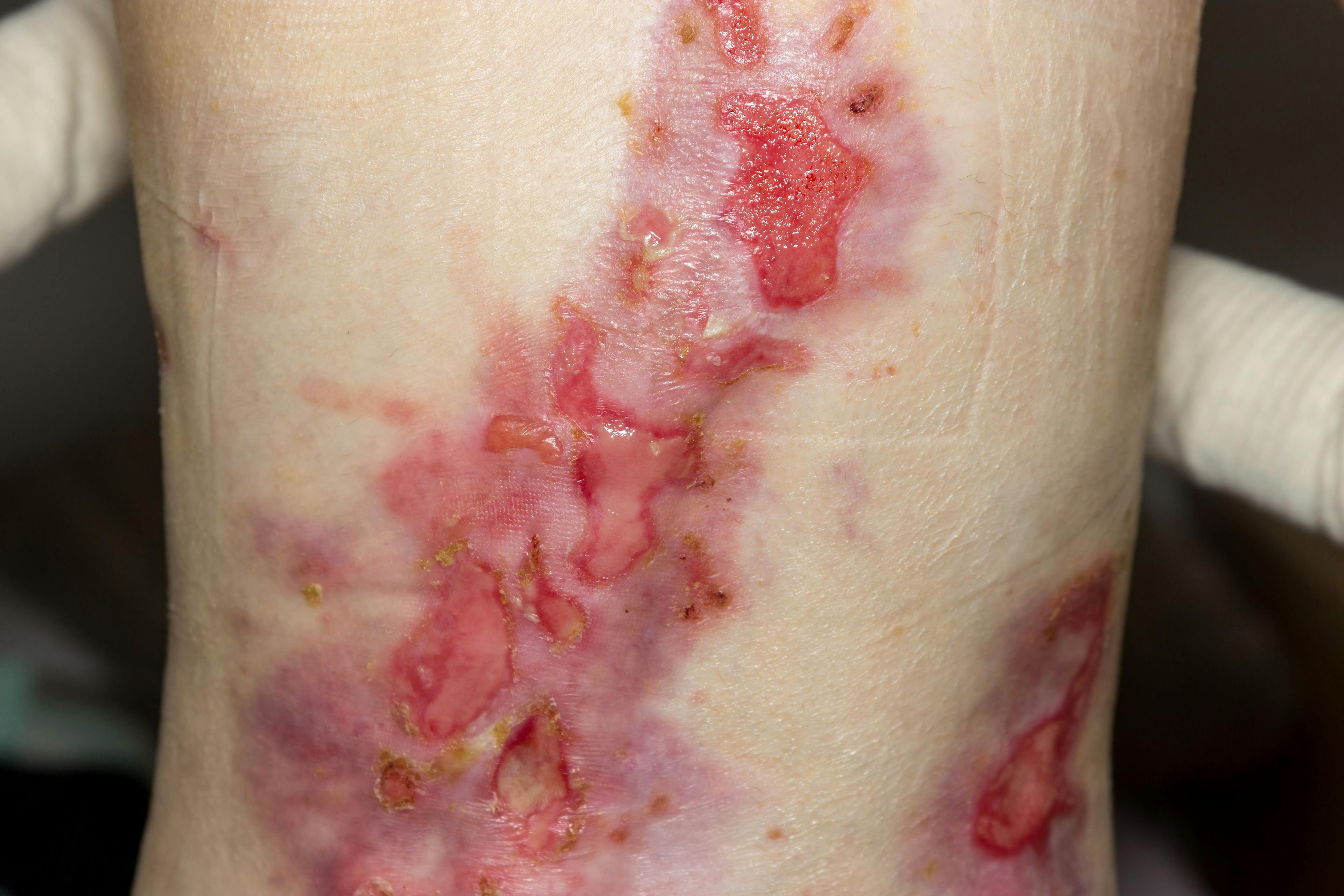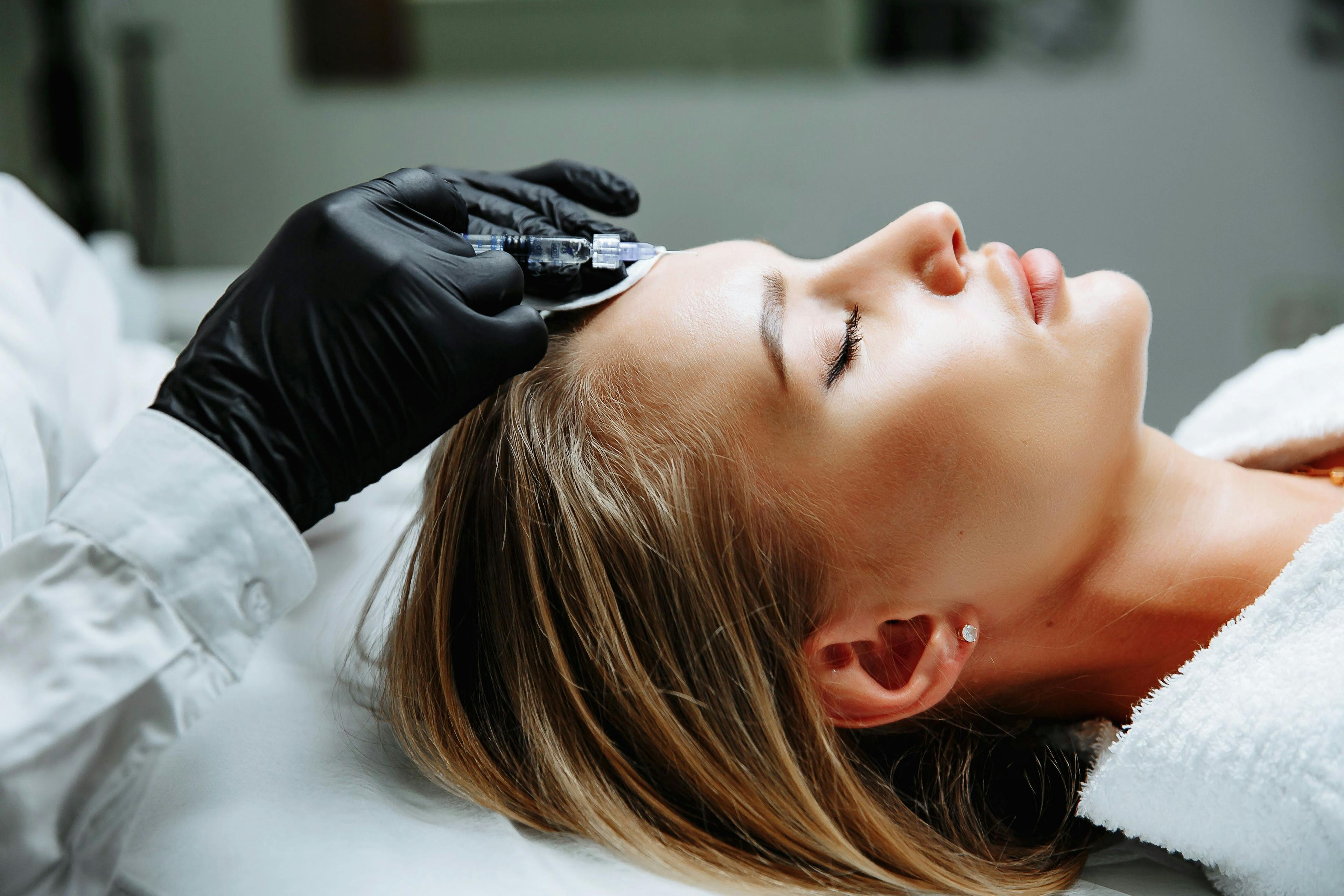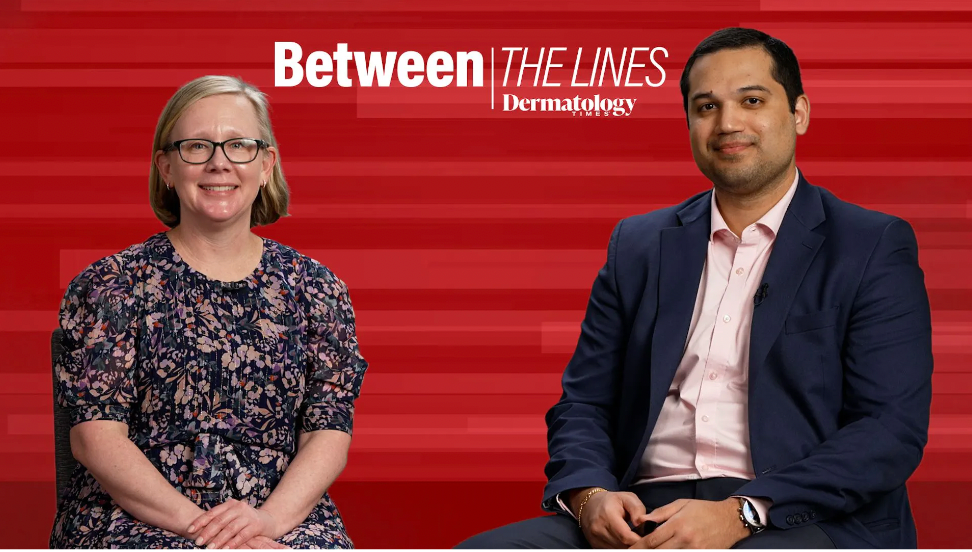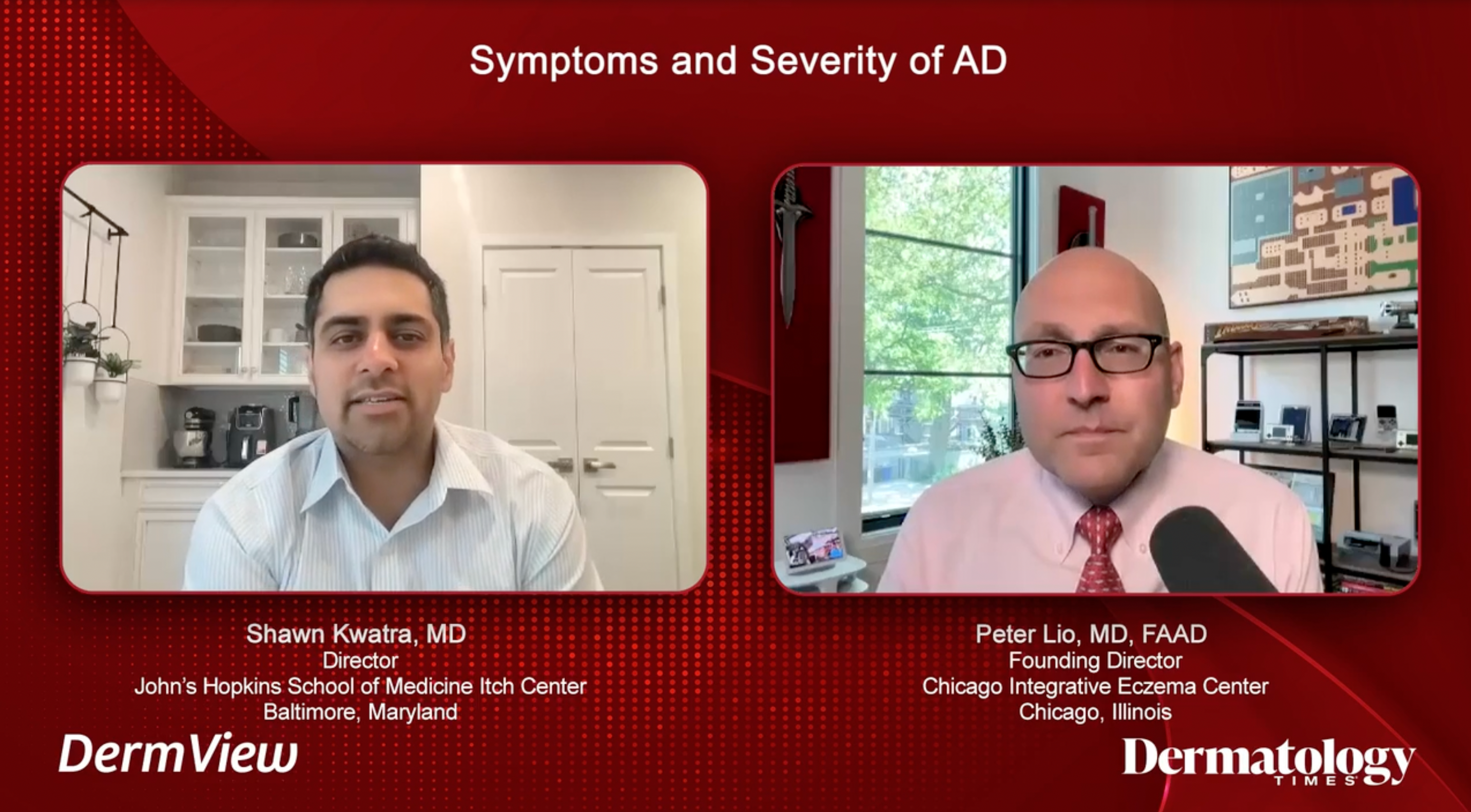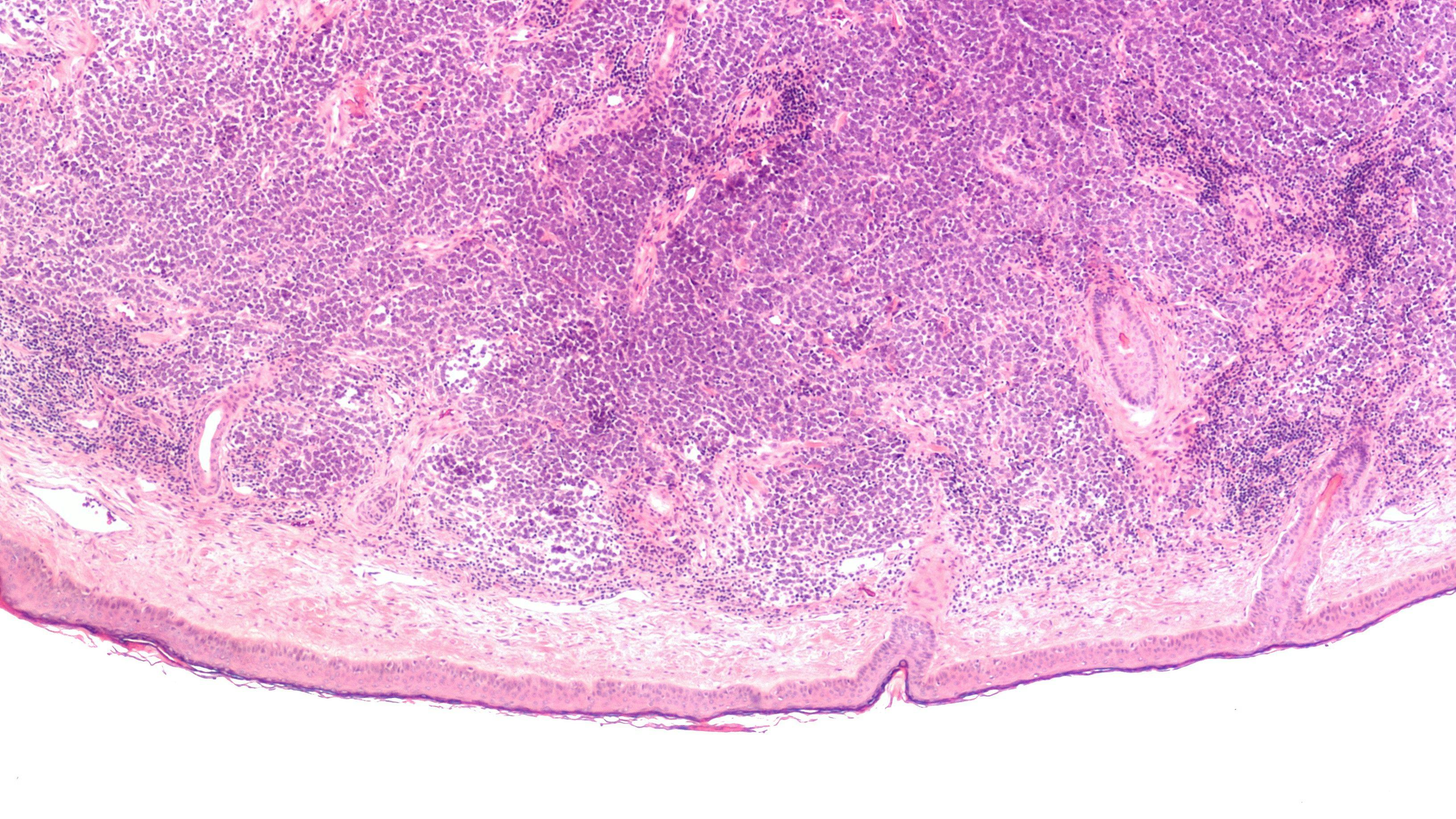- Acne
- Actinic Keratosis
- Aesthetics
- Alopecia
- Atopic Dermatitis
- Buy-and-Bill
- COVID-19
- Case-Based Roundtable
- Chronic Hand Eczema
- Drug Watch
- Eczema
- General Dermatology
- Hidradenitis Suppurativa
- Melasma
- NP and PA
- Pediatric Dermatology
- Pigmentary Disorders
- Practice Management
- Precision Medicine and Biologics
- Prurigo Nodularis
- Psoriasis
- Psoriatic Arthritis
- Rare Disease
- Rosacea
- Skin Cancer
- Vitiligo
- Wound Care
Publication
Article
Dermatology Times
Improving the Quality of Life for Patients With Albinism
Author(s):
Quality of life is impacted far beyond the physical challenges for those with oculocutaneous albinism.
Typically characterized by the complete absence of or reduced melanin biosynthesis in the skin, hair, and eyes, oculocutaneous albinism (OCA) is a group of heritable conditions that can significantly impact the mental health of affected patients far beyond the physical health challenges they frequently present with. In addition to the requisite medical care that dermatologists and other health care workers provide for these patients, family, friends, and supportive social programs can be useful in helping those affected by this genetic disorder better manage the challenging social and psychologically debilitating aspects of this burdensome disorder.
Currently, there are 8 known forms of OCA (from OCA1 to OCA8) with varying severity and clinical presentation and different mutations in the melanin biosynthesis pathway. The most common types of albinism include autosomal recessive OCA and ocular albinism (OA), a rarer form of the condition that mainly affects the eyes. The diagnosis of albinism can be quickly made through obvious clinical findings such as white hair and skin as well as light-colored eyes. Albinism is present within all ethnic groups and populations worldwide with a global incidence of 1 in 20,000 individuals and has a lower prevalence rate of 1 in 37,000 in the United States; however, the condition is most prevalent in African countries.1
Large invasive squamous cell carcinoma on the chest and left shoulder of a patient with albinism. Photo courtesy: Khachemoune was provided with this photo by colleague Ibrahima Traore, MD, PgDip, MSc, leading dermatologist in Conakry, Guinea.

Patients with albinism typically have a lighter pigmentation that predisposes them not only to increased actinic damage, precancerous lesions such as actinic keratosis, and the development of various skin cancers in sun-exposed areas, but also to other conditions such as photophobia, iris translucency, reduced visual acuity, strabismus, and nystagmus due to the lack of UV protection from melanin.
Although these manifestations can be debilitating, they often pale in comparison to the significant social stigma and psychological difficulties these individuals often experience, including discrimination, poor self-esteem, stress, and frank depression, all of which can significantly impact their quality of life.
According to one expert, the challenges faced by patients, both psychological and physical, can become more difficult to manage as they grow older and feel increasingly ostracized by society, particularly for those without strong social supports and appropriate therapy.
“The psychological and emotional stress experienced by [patients] is a major issue that can significantly impact their mental health which they must regularly grapple with and try to overcome,” said Amor Khachemoune, MD, an attending and a teaching faculty member dermatologist, dermatopathologist, and Mohs surgeon at the Brooklyn VA Medical Center and SUNY Downstate Health Sciences University. “The distress from their disease has been shown to often cause individuals to drop out of school and creates difficulties in establishing relationships and finding jobs. It is difficult to say how patients cope with these challenges, as the mechanisms likely vary between person to person and largely depend on geography and culture.”
In some African societies, people living with albinism are frequently victims of discrimination, bullying, and teasing. Individuals with albinism may be perceived superstitiously and they can become victims of false beliefs, rituals, sacrifices, and other witchcraft-related violence. In addition, individuals living with albinism can quickly be alienated and ostracized at social gatherings and in schools. Children and adolescents can be incredibly rude and indiscriminate with their words and actions, which can be damaging to those with albinism during a period when personal identities are being formed.
“Dermatologists who care for this patient population must not only try to develop better systems where victims can seek support and confide their feelings but also link them up with counselors or other health care professionals with the expertise to guide sensitive conversations. Spreading awareness and educating the general public would be a major stride in reducing the mental health burden of patients with albinism,” Albert Zhou, MD, PhD, resident physician, PGY-1, Department of Medicine, Mercy Medical Center, University of Maryland School of Medicine, Baltimore, wrote in a recent albinism study.
Individuals living with albinism may often feel overcome by the mental challenges associated with their condition, and each person may have different interpretations of their challenges and thus seek unique strategies for coping with those challenges that the condition presents. On an individual level, patients can try to overcome their associated mental and physical health struggles by being introspective about their thoughts and feelings. Being vocal and asking for help from a trusted individual when recognizing that they are unable to handle certain situations alone, whether mental or physical, can be a useful approach for affected persons on their lifelong therapeutic journey.
Support groups and close friends and family who are understanding and supportive of the struggle that albinism can cause may be empowering. However, resources and professionals are not readily available in all locales. In these instances, it may be useful to establish a healthy, appropriate perspective on what albinism is and its manifestations and to develop a growth mindset on how to deal with these challenges and setbacks.
“Health care professionals, such as dermatologists, are trained to recognize and understand the components that can create internal and external conflicts. We are able to connect and provide resources to better aid in one’s health care journey,” Zhou said.
A multidisciplinary approach to patients with albinism is incredibly important and many different health care professionals and specialties are typically involved in the diagnosis, management, and treatment of albinism. According to Khachemoune, general practitioners, obstetrician-gynecologists, and pediatricians play a vital role in the recognition of the condition and referring an individual to the appropriate specialists. Genetic counselors and geneticists may help families identify a hereditary cause, and psychologists and psychiatrists may help to reduce or eliminate the mental burdens individuals with albinism regularly experience. In addition, social workers and case managers can provide community resources and spread awareness of albinism and the frequent misperceptions associated with the condition.
Treatment and management strategies may include bringing family members to appointments, keeping a diary of associated mental and physical struggles, and forming habits that can help reduce the mental and physical insults typically experienced by persons with albinism.
Moreover, it is paramount that physicians inform and appropriately educate the family and friends of individuals with albinism about the importance of preventing prolonged sun exposure and methods to protect against UV radiation as well as avoiding medications that increase photosensitivity so as to minimize the serious lifelong dangers of skin cancer. Patients with albinism have a higher risk of developing skin cancer and often see their first tumor by age 35 years.2
“Albinism is a rare genetic disorder that can cause notable physical manifestations but can greatly affect mental health. While some research has been done in this area, the extent of the psychosocial challenges is poorly understood, and additional interventions may improve the quality of life for those affected with this condition,” Khachemoune said.
Disclosures: None relevant
References
- Ma EZ, Zhou AE, Hoegler KM, Khachemoune A. Oculocutaneous albinism: epidemiology, genetics, skin manifestation, and psychosocial issues. Arch Dermatol Res. 2023;315(2):107-116. doi:10.1007/s00403-022-02335-1
- Preventing skin cancers due to albinism. Fondation Pierre Fabre. March 12, 2023. Accessed June 6, 2023. https://www.fondationpierrefabre.org/en/our-programmes/tropical-dermatology/prevention-cancers-albinism/

Newsletter
Like what you’re reading? Subscribe to Dermatology Times for weekly updates on therapies, innovations, and real-world practice tips.




